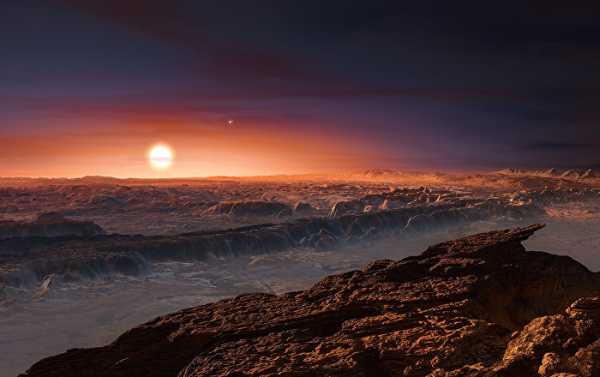
Professor Tomonori Totani from the Department of Astronomy combined biological and cosmological models to answer one of the most existential questions – how did life begin? His research was published in Scientific Reports.
The most basic component that all living things have in common is ribonucleic acid, or RNA. Professor Totani looked at how life’s building block could spontaneously form in the universe through a process known as abiogenesis.
RNA is made of chemical chains called nucleotides. According to researchers, RNA should be comprised of at least 40-100 nucleotides to start self-replicating – behaviour that is required for life to exist. However, recent estimates suggest that given the volume of matter in the observable universe, the requirement of 40 to 100 nucleotides could not have been possible to fulfil.
“However, there is more to the universe than the observable. In contemporary cosmology, it is agreed the universe underwent a period of rapid inflation producing a vast region of expansion beyond the horizon of what we can directly observe. Factoring this greater volume into models of abiogenesis hugely increases the chances of life occurring”, Totani said.
These are the estimates: the observable universe contains 10^22 stars so, statistically speaking, the volume of matter could have produced RNA out of only 20 nucleotides. However, thanks to rapid inflation, the number of stars might be more than 10^100 and in this case, life-sustaining RNA is not only probable but practically inevitable, said Totani.
Sourse: sputniknews.com






